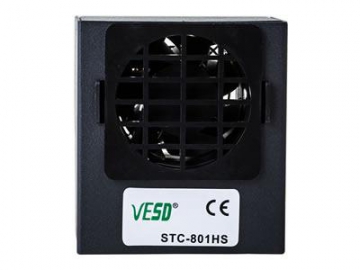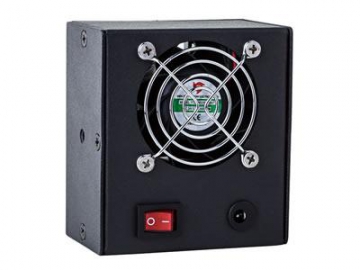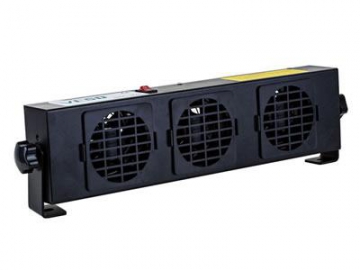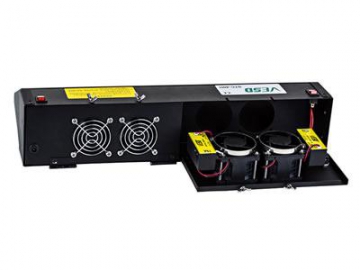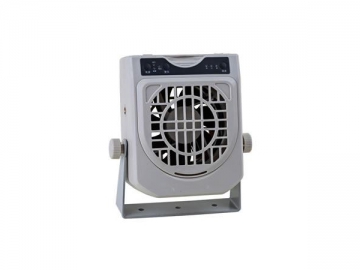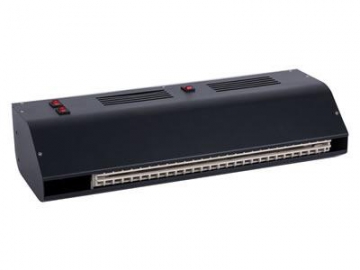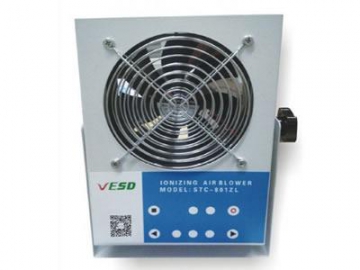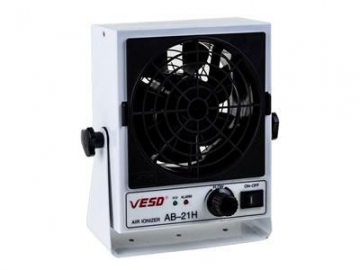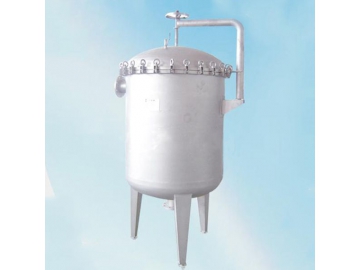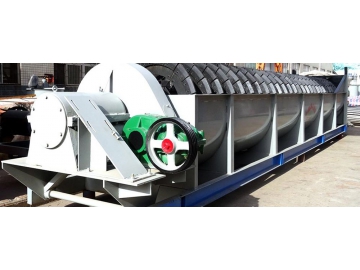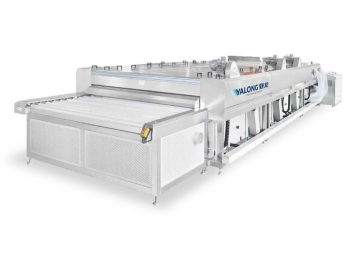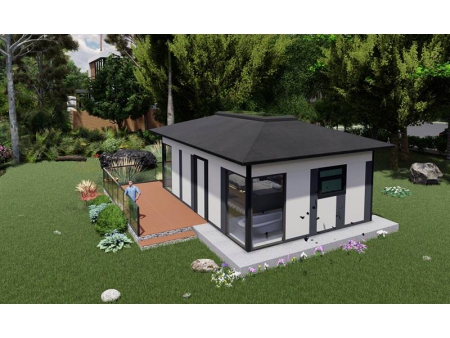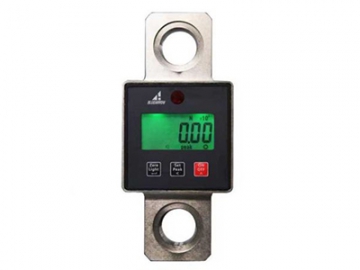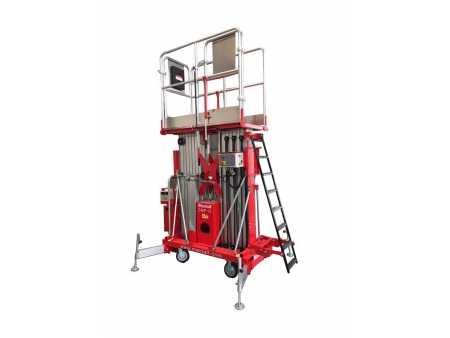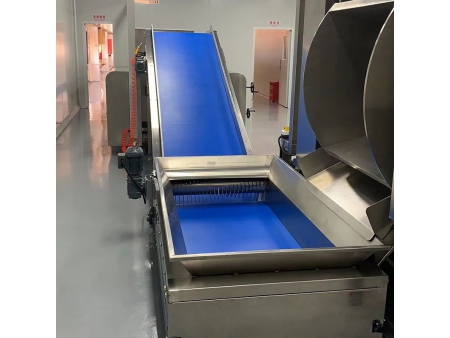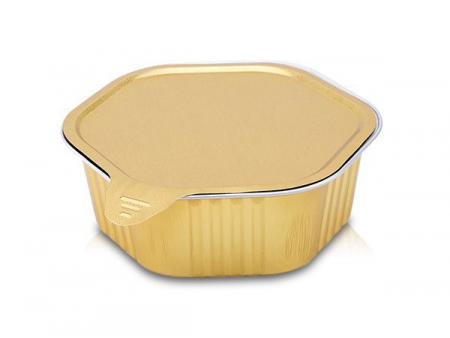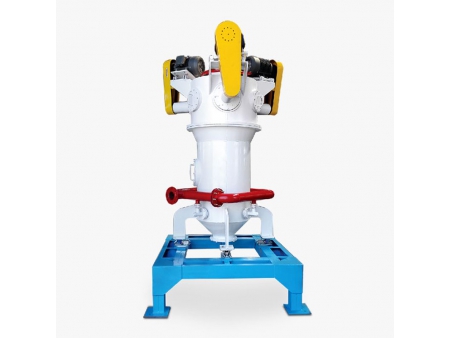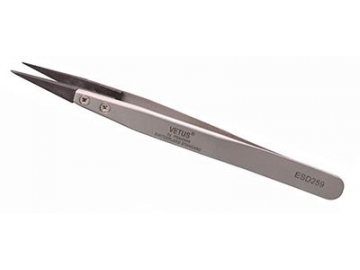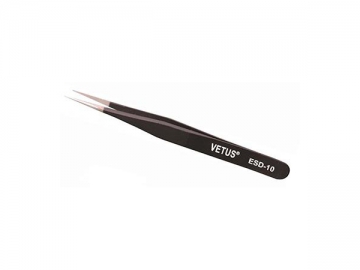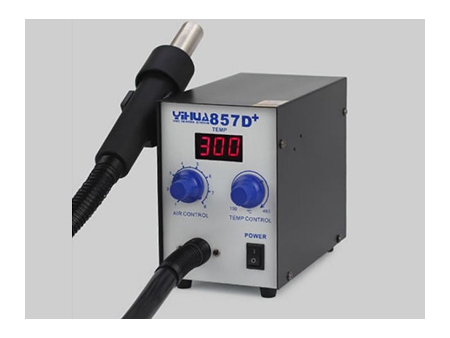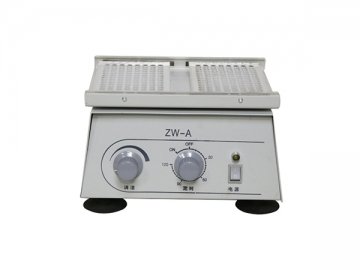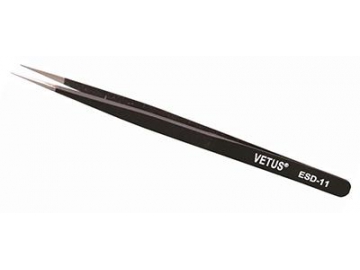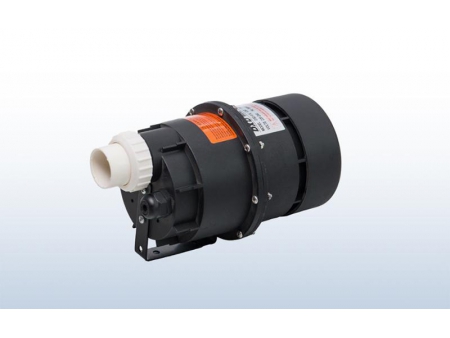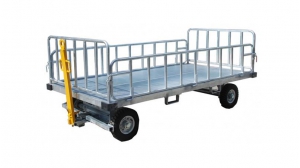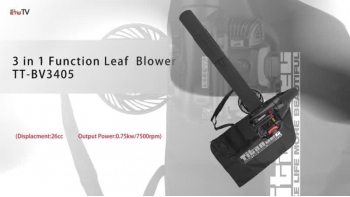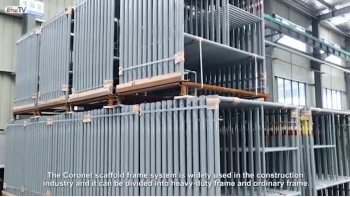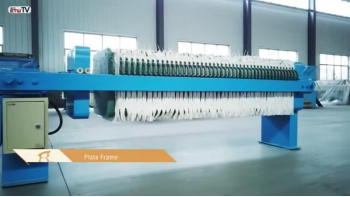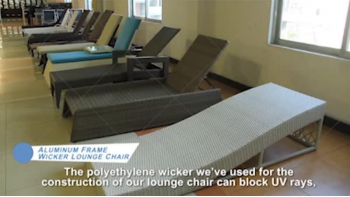Open Frame Static Elimination Air Blower / ESD Ionizer
Description:
The open frame static elimination air blower features high speed and excellent static elimination effects. The installation is easy and operation is highly stable and reliable.
| Name | Model | Minimum size (mm) | Input voltage | Maximum air flow (CFM) 1CFM=0.028m3/Min |
| Micro ionizing air blower | 100*90*60 | DC24V0.5A | 35 | |
| Mini ionizing air blower | 120*100*60 | DC 24V0.5A | 95 | |
| Single head ionizing air blower | 171*143*73 | DC 24V0.5A | 100 | |
| Mini dual-head ionizing air blower | 230*85*40 | DC 24V 1A | 70 | |
| Medium dual-head ionizing air blower | 260*95*60 | DC 24V 1A | 190 | |
| Large dual-head ionizing air blower | 350*145*73 | DC 24V 1A | 200 | |
| Mini three-head ionizing air blower | 330*85*40 | DC24V1.5A | 105 | |
| Medium three-head ionizing air blower | 380*95*60 | DC 24V1.5A | 285 | |
| Large three-head ionizing air blower | 520*145*73 | DC24V2A | 300 | |
| Mini four head ionizing air blower | 450*85*40 | DC 24V 2A | 140 | |
| Medium four head ionizing air blower | 500*95*60 | DC 24V2A | 380 | |
| Large four head ionizing air blower | 700*145*73 | DC24V3A | 400 |
Static elimination capacity: following the America standard EOS/ESD-STM3.0-2000; Front central area ± 1000v; Decay time (sec)
| Testing distance | 300mm | 600mm | 900mm |
| Static elimination time | 1.5S | 2.8S | 4.5S |
| Negative electricity elimination time | 1.7S | 3.2S | 4.9S |
| Ion balance | 0±5V | 0±5V | 0±5V |
Ion balance method: automatic ion balance system within 0±5V
Discharge method: high frequency corona discharge
Safety: alarm and indicator function of abnormal high voltage
Alarm method: remote monitor of sending out alarm signal and indicator alarm
Electrode needle material: tungsten, lanthanum and titanium alloy
Electrode needle cleaning method:
1. Use the cotton swab to clean;
2. Use the brush to manually clean the wind window;
3. clean the window near the automatic motor
Product structure: stationary standardized module
Index
static eliminator, air ionizer, air fan, industrial electrostatic control

